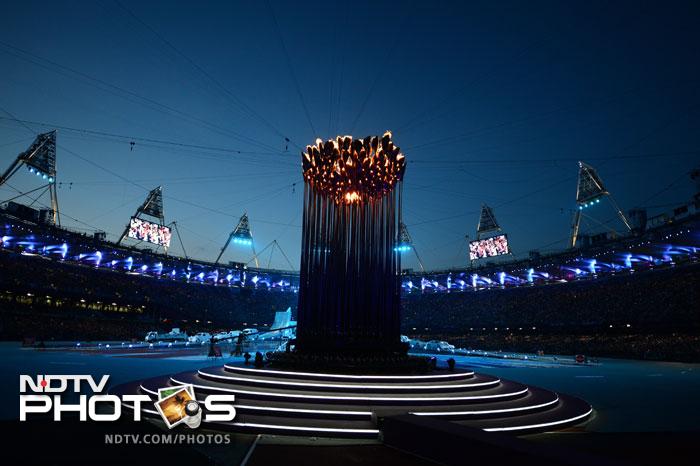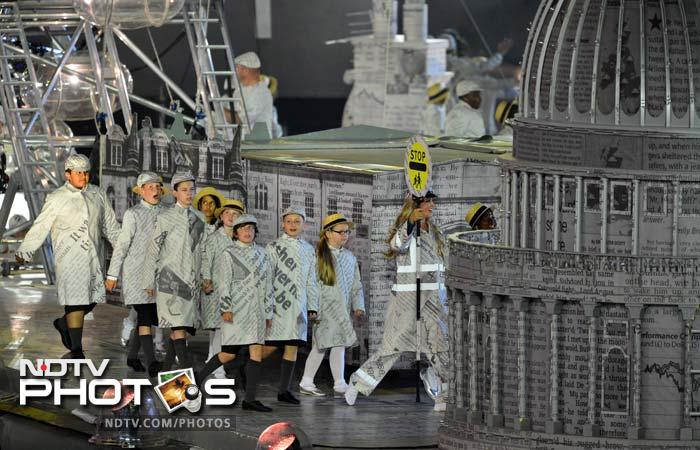06 aug 2012
Curiosity rover lands safely on Mars
Pasadena, California: The Curiosity has landed.
With
pride, relief and exhilaration, NASA engineers and officials erupted in
cheers and hugs early Monday morning with confirmation that the
Curiosity, a car-sized, plutonium-powered robotic rover, had landed
safely on the surface of Mars.
"Touchdown confirmed," Allen Chen, the engineer in the control room providing commentary, said at 1:32 a.m. Eastern time.
A couple of minutes later, the first image popped
onto the video screen - a grainy, 64-pixel-by-64-pixel black-and-white
image showing one of the rover's wheels and the Martian horizon.
Three
minutes later, a higher-resolution version of the same image appeared,
and then came another image from the other side of the rover.
"This
is amazing," said Robert Manning, the chief engineer for the project.
"That's the shadow of the Curiosity rover on the surface of Mars."
The
Curiosity, far larger and more capable than the earlier generation of
rovers, will open a new era of exploration, looking for signs that early
Mars had the ingredients and environment that could have come together
to form life.
The success validates a $2.5 billion bet that NASA
took in embarking on this ambitious mission. While the spacecraft has
performed flawlessly since its launching last November, that is only
after NASA overcame technical problems, delayed launching by more than
two years and poured in hundreds of millions of dollars as the price tag
rose from $1.6 billion.
The landing, involving a seemingly
impossible sequence of complex maneuvers, proceeded like clockwork: the
capsule containing Curiosity entered the Martian atmosphere, the
parachute deployed, the rocket engines fired, the rover was lowered and,
finally, the Curiosity was on the ground.
Over the first week,
Curiosity is to deploy its main antenna, raise a mast containing
cameras, a rock-vaporizing laser and other instruments, and take its
first panoramic shot of its surroundings.
NASA will spend the
first month checking out Curiosity. The first drive could occur early
next month. The rover would not scoop its first sample of Martian soil
until mid-September at the earliest, and the first drilling into rock
would occur in October or November.
Because Curiosity is powered
by electricity generated from the heat of a chunk of plutonium, it
could continue operating for years, perhaps decades, in exploring the
96-mile-wide crater where it has landed.












